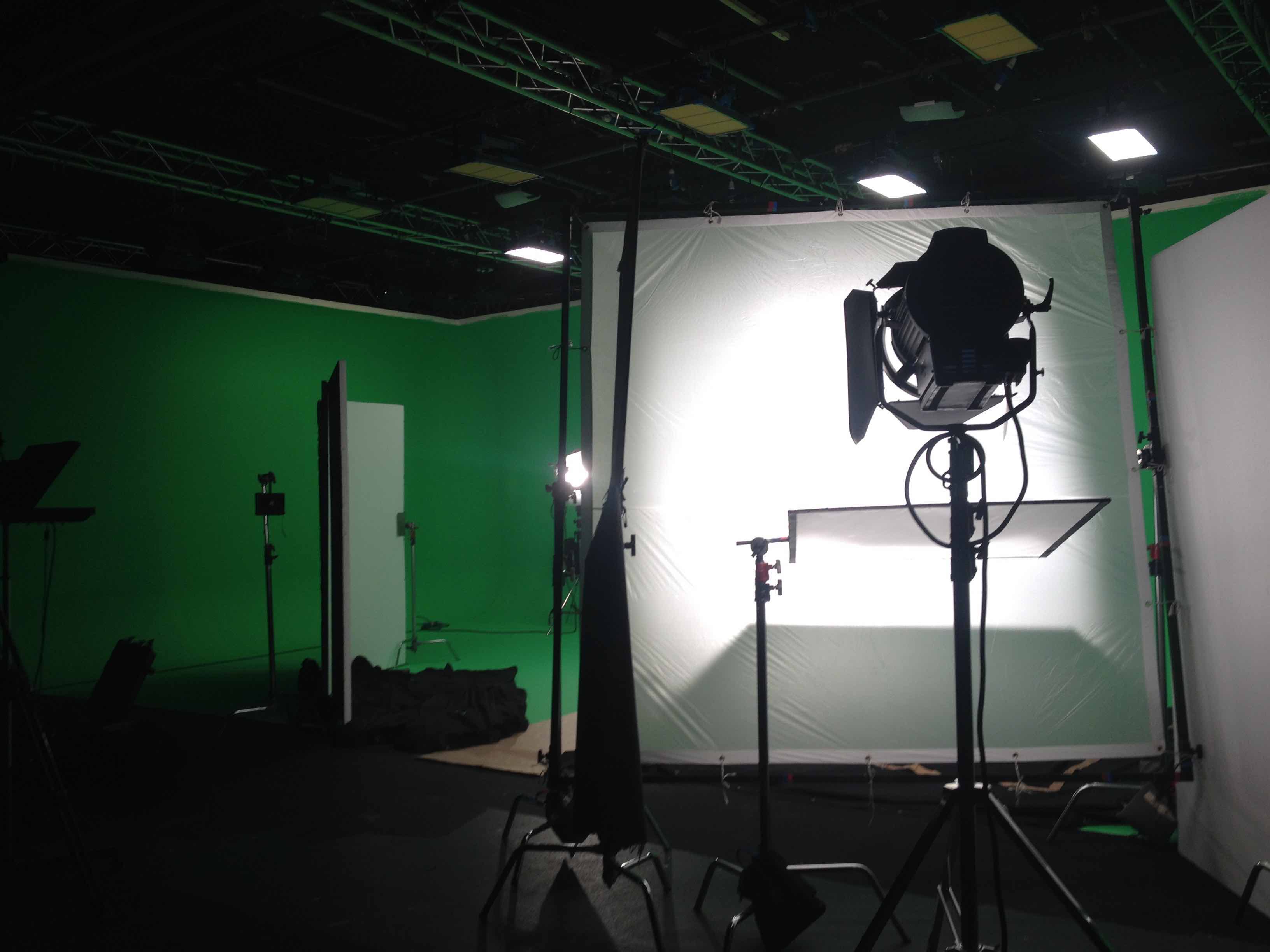

The position and intensity of the fill light (or several fill lights mixed with silks and/or reflectors, depending on the lighting setup of the scene) create the available ambient light in the scene. The fill light is used to fill the light throughout the scene. The same lighting principles apply when you are compositing your subject for a darker scene – the intensity and direction of the key light should be matched to the background even if the subject seems to be under-lit as in the images below. If, for example, you will replace the green screen with an outdoor scene with strong sunlight, you will need to not only match your key light to the direction the sun is shining in the background but also match the colour temperature and intensity.

You need to remember though that the predominant light source on the subject or the key light should match the direction of the strongest light source in the background to which you are compositing.
Best lighting setup for green screen how to#
If you are interested to read more about setting up three-point lighting, check out an article we did on How to Light a Black or White background a while back. You can see the simple setup in the picture below. If the actor will interact with the green screen, however, the lighting needs to be approached in a completely different manner.Ī simple setup to light the upper-torso of an actor who does not interact with the background would be two screen lights set on the background with a simple three-point lighting setup for the subject. For example, if you are only shooting the a close-up of the actor’s head or a mid-shot of the upper-torso area, then the floor does not need to be lighted or even covered. The scene you plan to shoot on a green screen will determine the setup you require.
Best lighting setup for green screen full#
Keeping the subject far away from the green screen will prevent reflection from the screen to spill on the subject and will also allow for the subject to be lit on its own with full control over the exposure and direction of the light sources. Even background lighting is essential around fine hair or transparent items such as glass or liquids. To make the keying process easier, the green background must be lit evenly throughout as shadows are hard to key out.

The right combination of materials, positioning and good lighting will save hours during the keying or matte extraction process. The materials used, the positions of actors or subjects and the lighting of both the background and foreground subjects play a key role when shooting for green screen. There are a few foundational elements when shooting for green screen. Director Gareth Edwards on the set of “Godzilla”


 0 kommentar(er)
0 kommentar(er)
